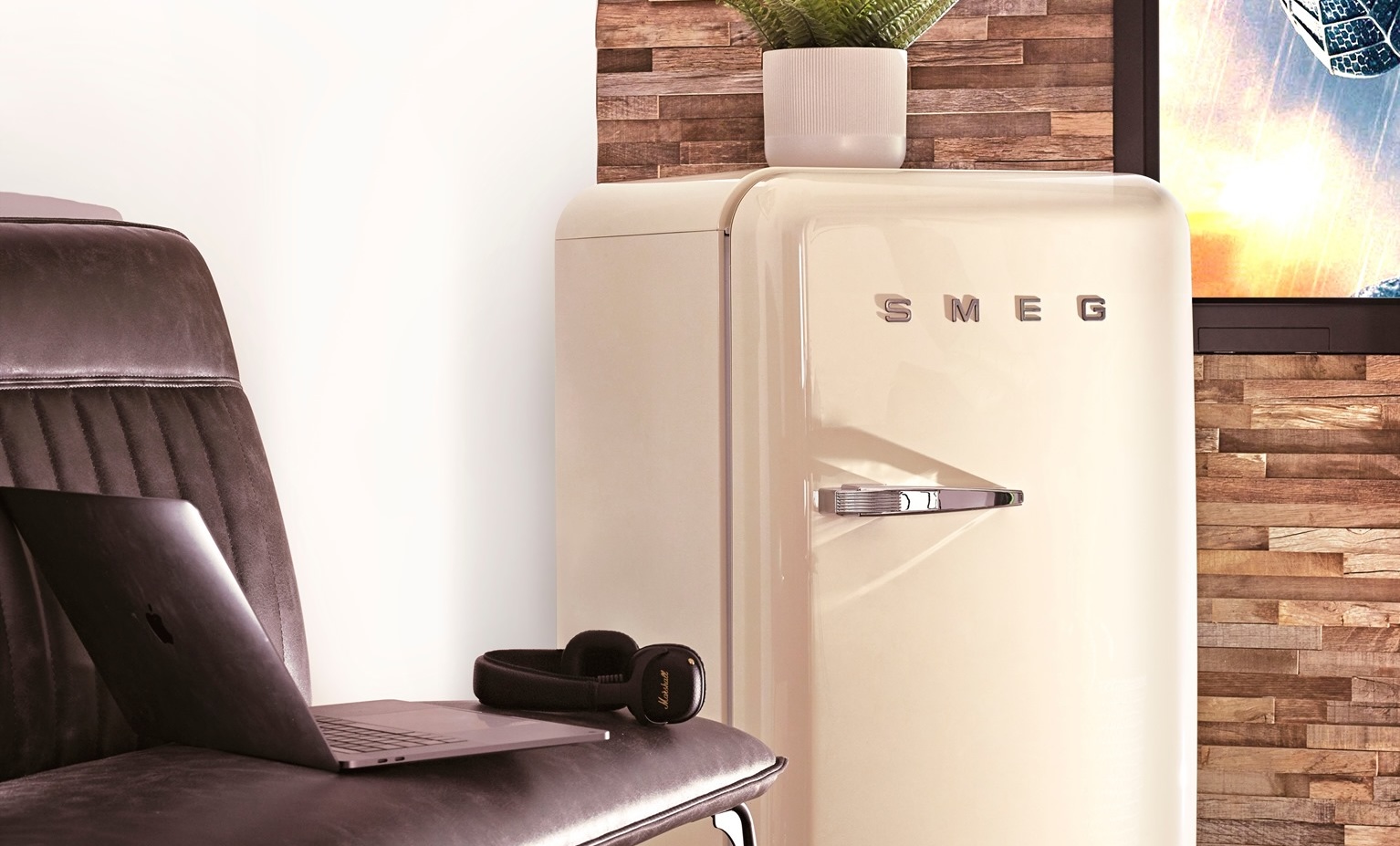How to hire to represent the zeitgeist (without blindly following trends)
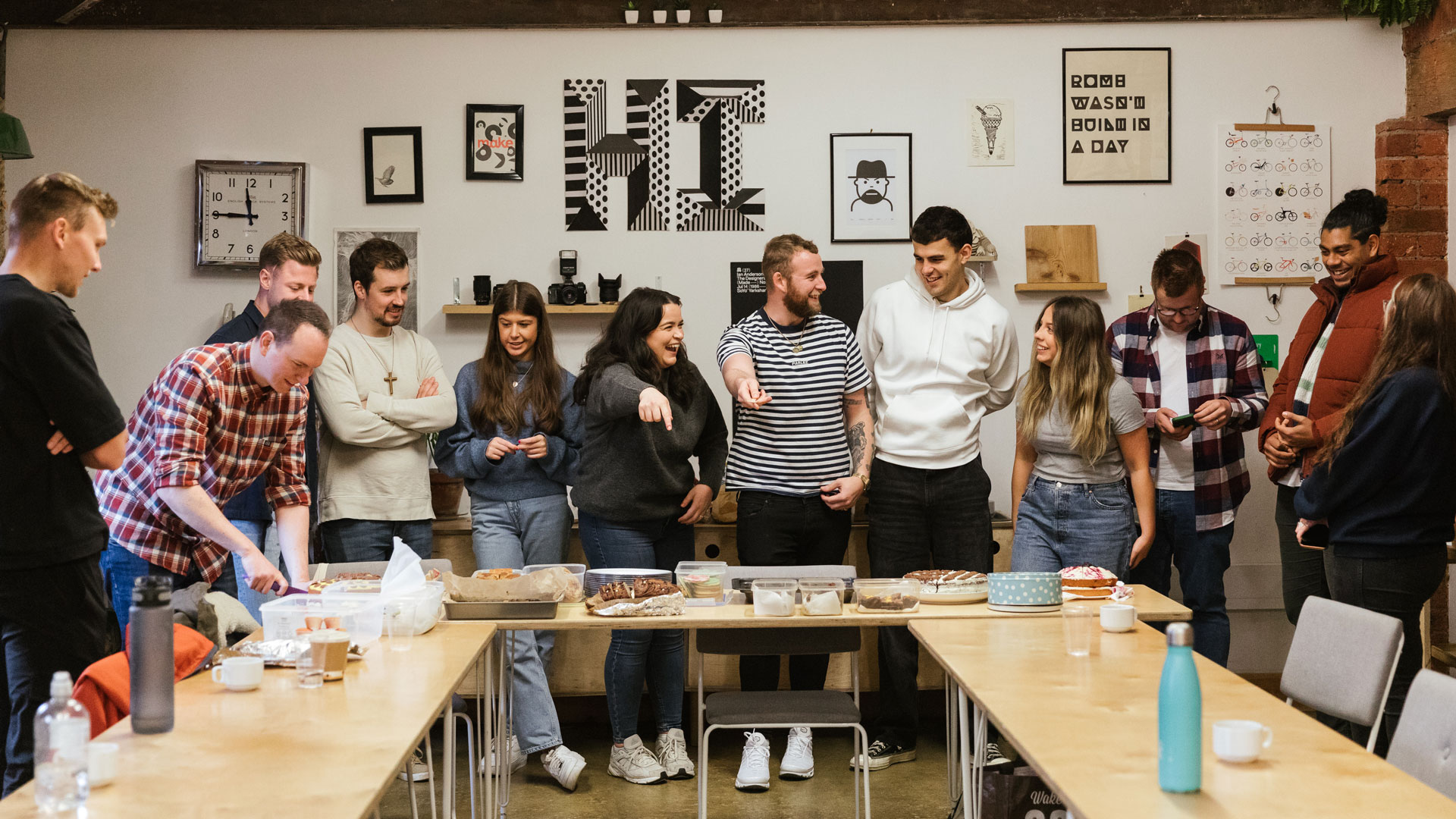
Thankfully, the design industry – unlike tech – has largely avoided a phase where every other employee is a ‘ninja’, or a ‘wizard’; or where the receptionist is (admittedly, rather brilliantly) dubbed the ‘director of first impressions’.
But while we can all have a good chuckle at the likes of an Innovation Architect or Director of Stuff, as the creative industries evolve and graphic design trends and illustration trends come and go, so too do job titles; and as such, the composition of design teams themselves.
We’re increasingly seeing more specific roles incorporated into the usual team structures: the field of brand sonics, for instance, is becoming increasingly important as design becomes exponentially more multi-platform, multi-sensorial, and experiential.
Sustainability issues

The design industry is inherently about people – creating for what they need, and reacting to and reflecting wider social and cultural shifts. Designers have to reflect the here and now, and use skills, expertise, and creativity to consider what emergent futures will look like. That doesn’t just impact designers’ work, but design teams themselves.
Since one of the most pressing issues for everyone today is the climate crisis, naturally we’ve seen certain corners of the design industry creating roles specifically focused on sustainability. It goes without saying that any real moves to combat climate crisis are good, but for brand design teams working with the likes of P&G or LEGO, those clients will already have people, or even whole teams, devoted to sustainability.
And even for those who aren’t working with such huge corporations, there’s no longer a need for someone whose sole role is around sustainability (except for in some very specific cases, such as studios specialising in structural packaging).
Sustainability should be baked into the organisation as a holistic entity: into its processes, workspace, supply chains, and general operations. It shouldn’t be seen as the preserve of one individual. Hiring for such roles can look to some like a merely performative gesture – a self-aggrandising, greenwashing PR stunt. Is that person actually making a difference and creating more value for your clients, for the environment, for the consumers of these products?
Daily design news, reviews, how-tos and more, as picked by the editors.
When you’re thinking about how design teams should be staffed, it’s about listening to clients, and what they need. It’s about interrogating a project brief and honestly assessing how well equipped your team is to address it. Ultimately, you have to think about how billable that skill, and as such, that person, is.
Hiring for the future
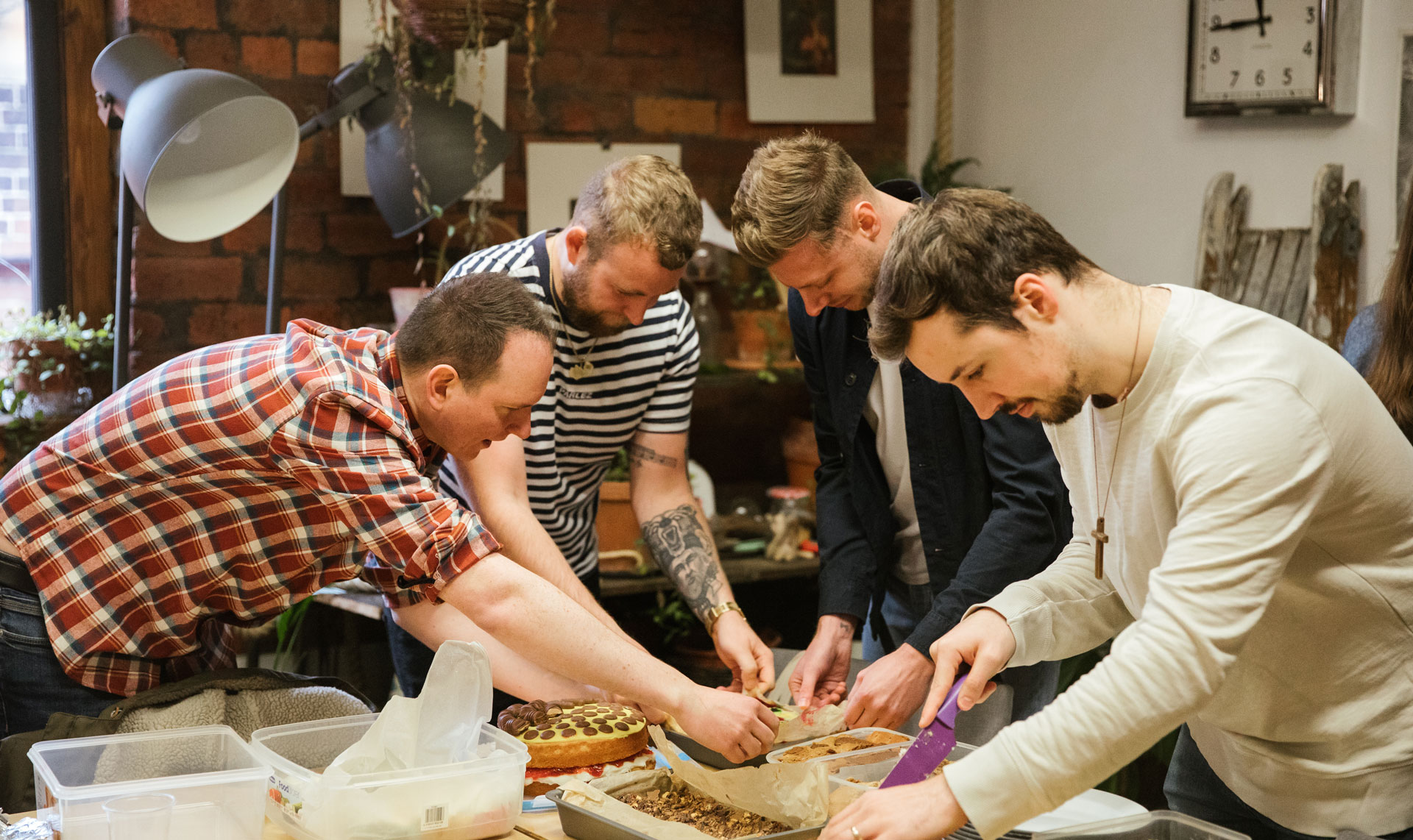
As technologies evolve, so too does their place in design, so it’s no surprise that agencies are in a tricky spot when it comes to hiring accordingly. So how far should you lean into hiring for AI, VR, AR, et al?
The short answer is: it depends. The longer answer is about need (both that of your agency, and that of your client), context, and remaining true to your core offer.
The smartest hires, however, are those that already chime with your existing reason for being. We recently worked with an agency in New York that was looking to hire someone that could help expand their AI capabilities, so naturally they were looking for someone who was well-versed in AI, and has a commitment to that field long term.
But, crucially, that person had to have a background in, passion for, and in-depth knowledge of the agency’s core offer – luxury branding – as well as a commitment to the newer areas they’re looking to expand into. That’s the sort of person that will stick around.
While we can be confident that AI is far more than a trend, agencies shouldn’t fall into the trap of hiring on fads. On the whole, design studios are pretty good judges of these things: it’s their job to observe the world, and listen to people to understand what they want and what they need.
The best design agencies are skilled at seeing the world holistically: understanding the trends that are current and those that are emergent; seeing through the weeds to sort hype from reality. They’re discerning in not just their work, but in their personnel.
The power of being flexible
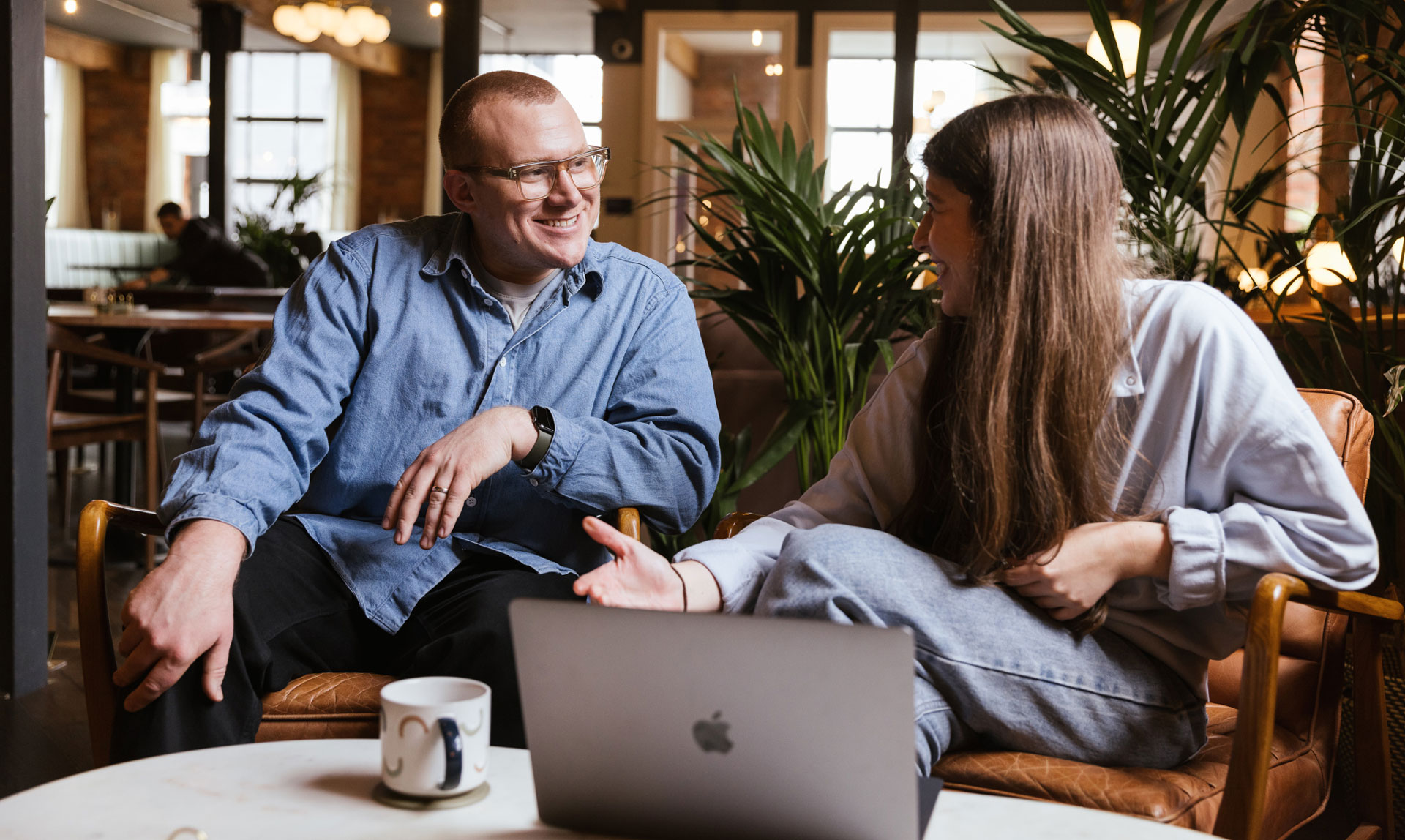
How design teams are built and structured comes down to avoiding trend following, and instead continuing to honestly evaluate their processes, their workflow and their clients’ needs. Who in the team actively wants to upskill? What sort of newer technologies cross over into existing areas of expertise, and how can those be enhanced? Do people’s days have breathing room to just play, learn, and be creative? It’s not always about hiring new people, but about enabling existing teams to flex.
Agencies need to assess their processes and how people’s time is structured: people need space and time inherently built into their days to try out new tools and ways of ideating, potentially enabling them to modulate into more specific roles alongside their current day-to-day tasks. Those in charge need to trust their designers to choose the right tools that work for them – allowing them the creative freedom to play and discover new processes. That’s how the best creative businesses evolve.
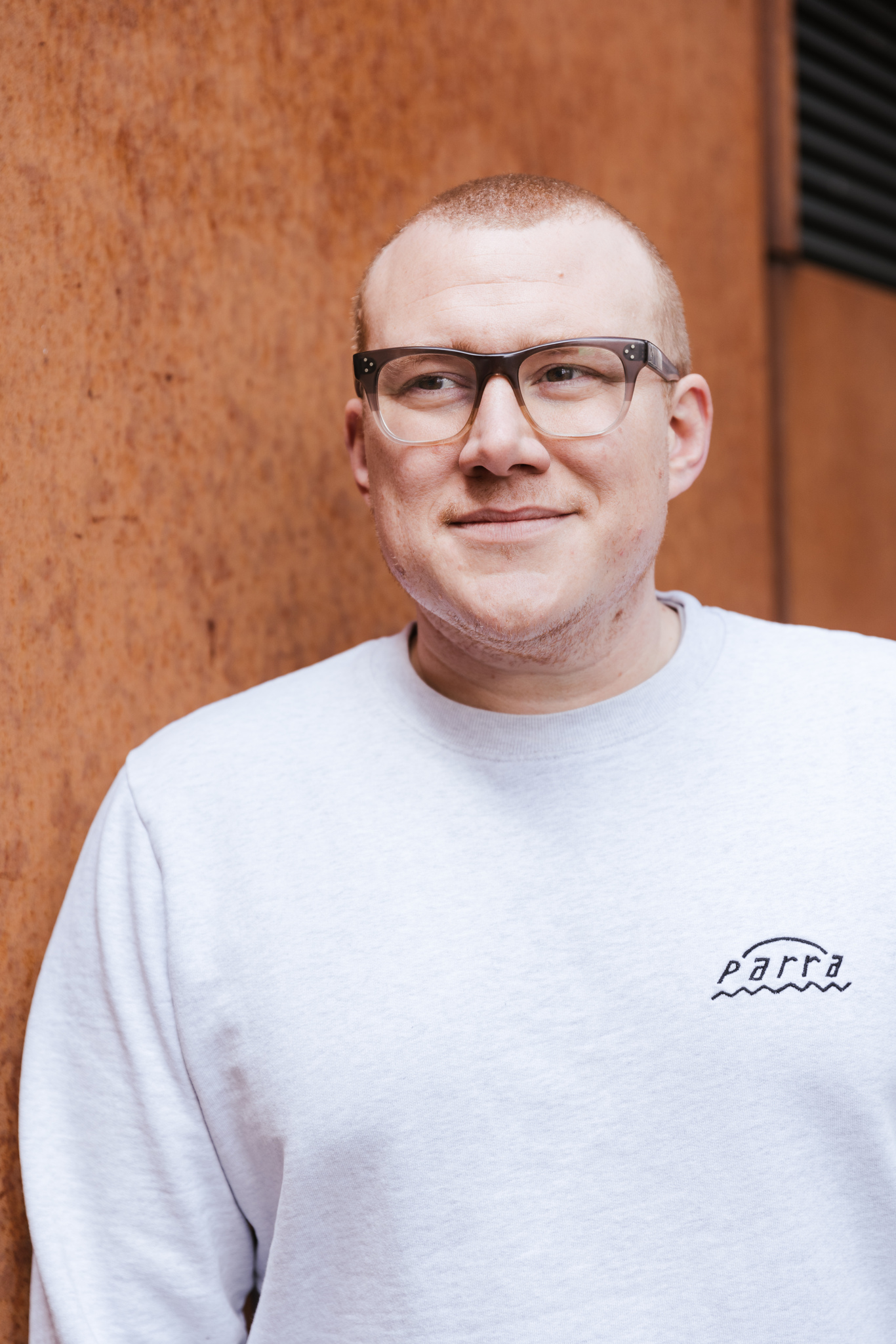
Dan is founder and managing director of design recruitment agency Craft. Based in Manchester, Dan founded Craft in 2014. With its network of the best creatives in the industry, the Craft ambition is simple: to enhance the studios, careers and lives of everybody they partner with. They recruit for world-class design agencies and in-house studios, and find creative people jobs they love. Craft’s core areas of expertise are: Graphic Design & Brand, Digital Design & Motion Graphics, Client Services & Agency Operations and Brand & Design Strategy. Craft currently operates in four key cities: Manchester, London, Leeds and New York.
